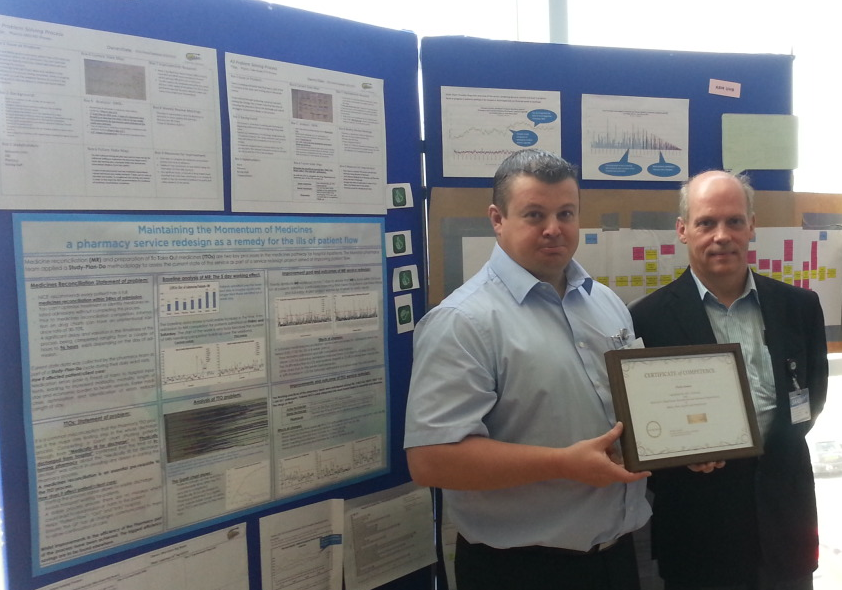 All healthcare organisations strive for excellence, which is good, and most achieve mediocrity, which is not so good.
All healthcare organisations strive for excellence, which is good, and most achieve mediocrity, which is not so good.
Why is that?
One cause is the design of their model for improvement … the one that is driven by targets, complaints, near misses, serious untoward incidents (SUIs) and never events (which are not never).
A model for improvement that is driven by failure feedback loops can only ever achieve mediocrity, not excellence.
“Whaaaaaat?!* That’s rubbish” I hear you cry … so let us see.
Try this simple test …. just ask any employee in your organisation this question (and start with yourself):
“How do you know you are doing a good job?“
If the first answer heard is “When no one is complaining” then you have a Mediocrity Design.
When customers have a disappointing experience most do not pen a letter or write an email to complain. Most just sigh and lower their expectations to avoid future disappointment; many will grumble to family and friends; and only a few (about 5%) will actually complain. They are the really angry extreme. So they can easily be fobbed off with platitudes … just being earnestly listened to and unreservedly apologised to is usually enough to take the wind out of their sails. It will escort them back to the silent but disappointed majority whose expectation is being gradually eroded by relentless disappointment. Nothing fundamental needs to change because eventually the complaints dry up, apathy is re-established and chronic mediocrity is assured.
To achieve excellence we need a better answer to the “How do you know you are doing a good job?” question.
We need to be able to say “I know I am doing a good job because this is what a good outcome looks like; this is my essential contribution to achieving that outcome; and here are the measures of the intended outcomes that we are achieving.“
In short we need a clear purpose, a defined part in the process that delivers that purpose, and we need an objective feedback loop that tells us that the purpose has been achieved and that our work is worthwhile.
And if any of those components are missing then we know we have some improvement work to do.
The first step is usually answering the question “What is our purpose?“
The second step is using the purpose to design and install the how-are-we-doing feedback loop.
And the third step is to learn to use the success feedback loop to ensure that we are always working to have a necessary-and-sufficient process that delivers the intended outcome and that we are playing a part in that.
And when we are reliably achieving our purpose, we set ourselves an even better outcome – an even safer, calmer, higher quality and more productive one … and doing that will generate more improvement work to do. We will not be idle.
That is the essence of Excellence-by-Design.




